10 incredible ideas to steal from one of the 'most significant gardens' in the US
From water features and wild flowers, to garden paths and swimming pools, this Connecticut garden is brimming with design ideas
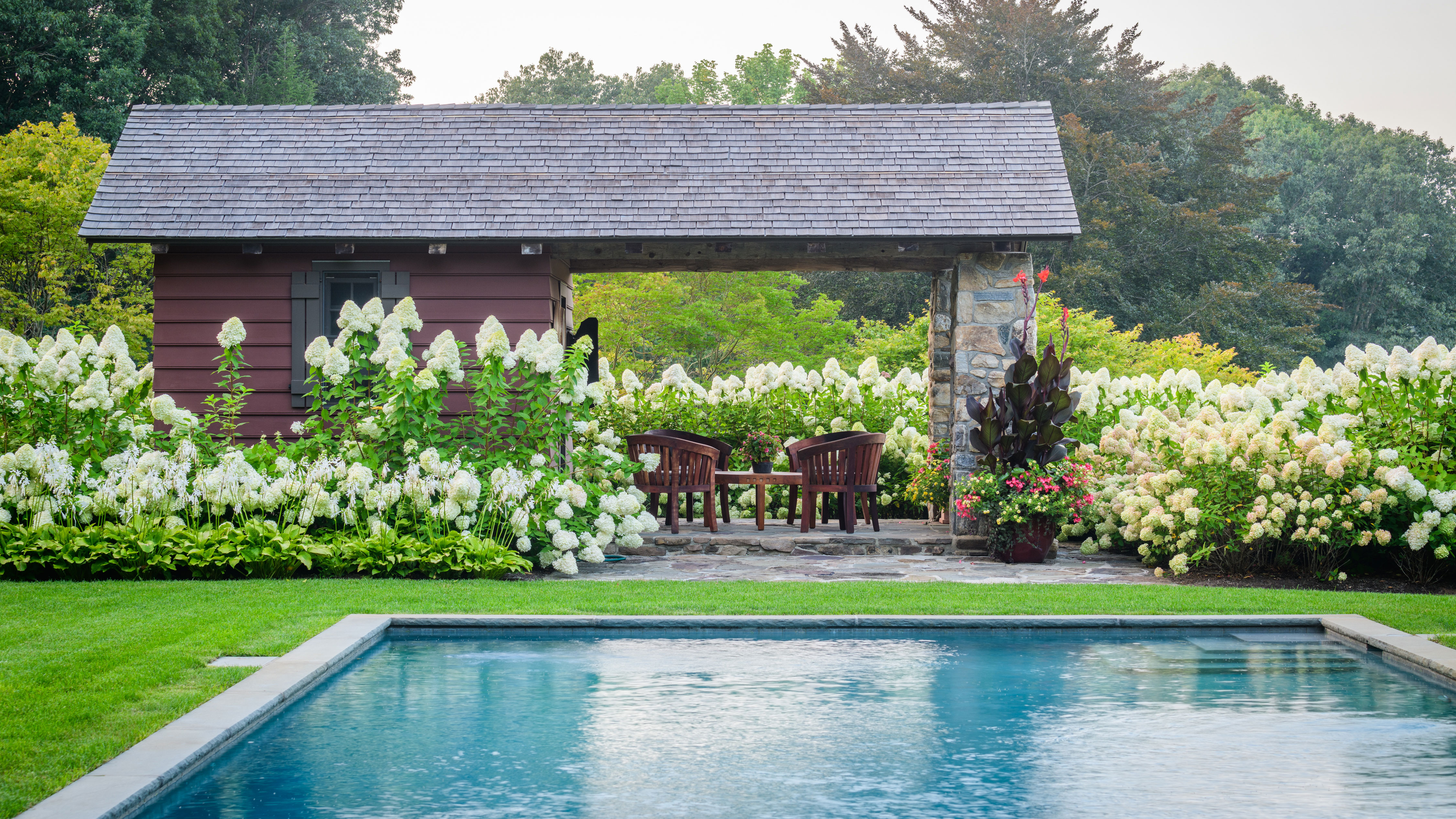

Gardens are often neglected because many people are uncertain how to tackle them. Outdoor spaces are also generally at the end of a long list of other home improvements. However, the benefit of being able to go out into the garden and having extra space really can make life in the home far easier, so it is understandable that you want to get it right first time, but where to start?
- See: World's best homes – beautiful properties from around the globe
Designed by Land Morphology, and often called one of the 'most significant gardens in Connecticut' – The InSitu Garden – integrates hard landscaping, abundant plantings and modern art to create a spiritually and emotionally inspiring garden. See how you can recreate elements of this glorious space in your own backyard.
1. To have a garden lawn or not?
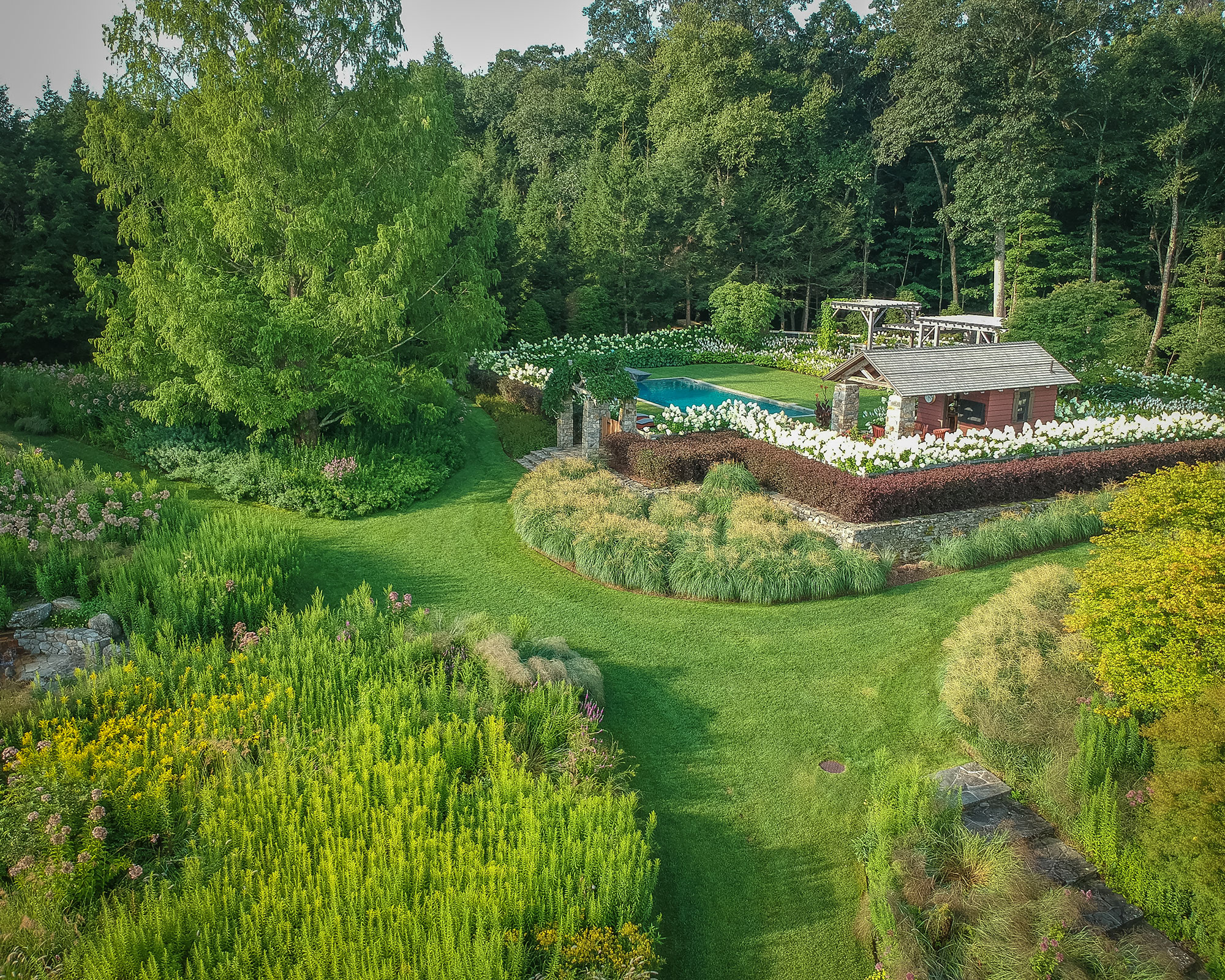
If you love the idea of grass, but don't have much time for mowing, faux grass could work for you. Nowadays, artificial grass looks really quite realistic and it needs little care or attention. A real lawn is still unbeatable in terms of comfort underfoot and for lying down on a picnic blanket with a good book. It does take some effort, but it also brings rewards.
Whatever option you choose, the trick is to be realistic about the amount of time you want to spend tending to your garden. What you don't want to happen is that it becomes overgrown and full of weeds.
- See: Small garden ideas – clever designs for maximizing a compact gardening space
2. Look to low-maintenance landscaping
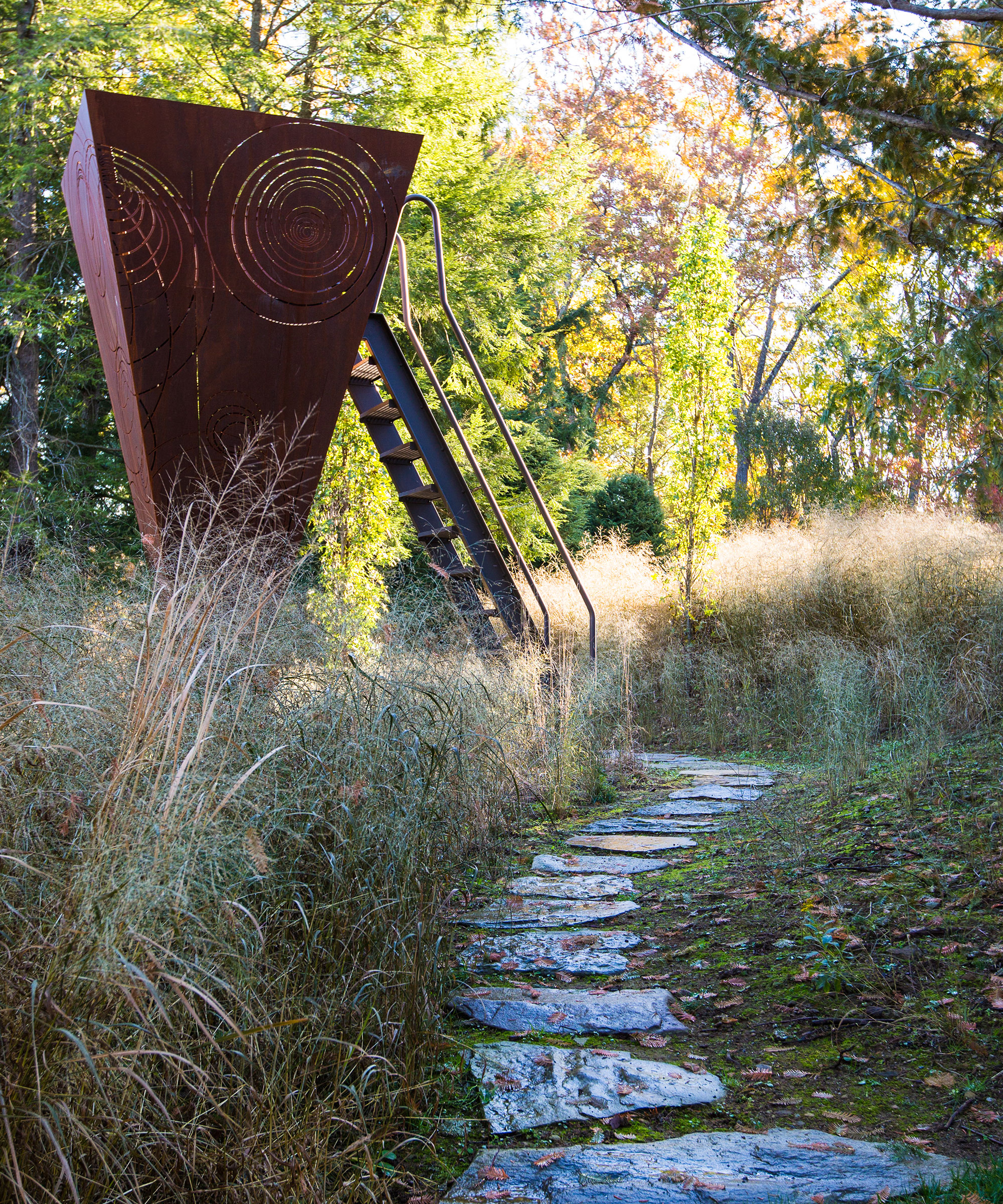
If you have a small – or large – space and you want a low-maintenance garden (without hours of mowing and weeding), consider garden paving stones or decking throughout. You don't need to include any flower beds in a grassless garden – simply dot potted trees and plants around for interest and color.
3. Plant to perfection
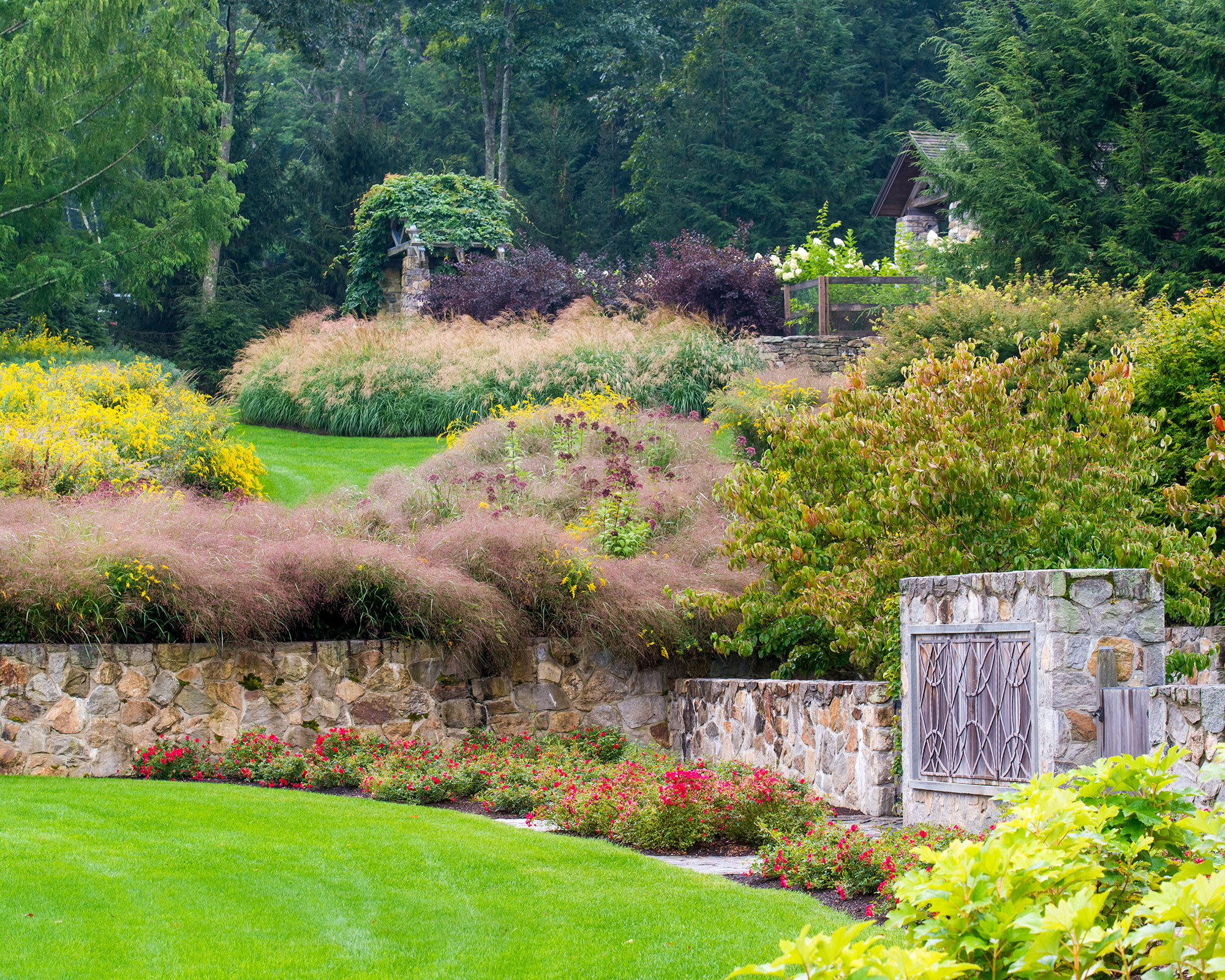
Once you have worked out your garden layout, you can get started on deciding what to grow in your garden.
Generally, most garden plants thrive in a sunny area with well-draining soil. If it's a south-facing garden so much the better. Try to provide plants with some shelter from the wind, such as a fence, but do avoid shading them too much (such as with a big tree).
Also avoid planting next to hedges, where the soil tends to be quite dry. If your garden doesn't have much sun, there are still plenty of plants you can choose, such as Alchemilla mollis, Geranium nodosum and Campanula persicifolia.
4. Set up a shaded spot
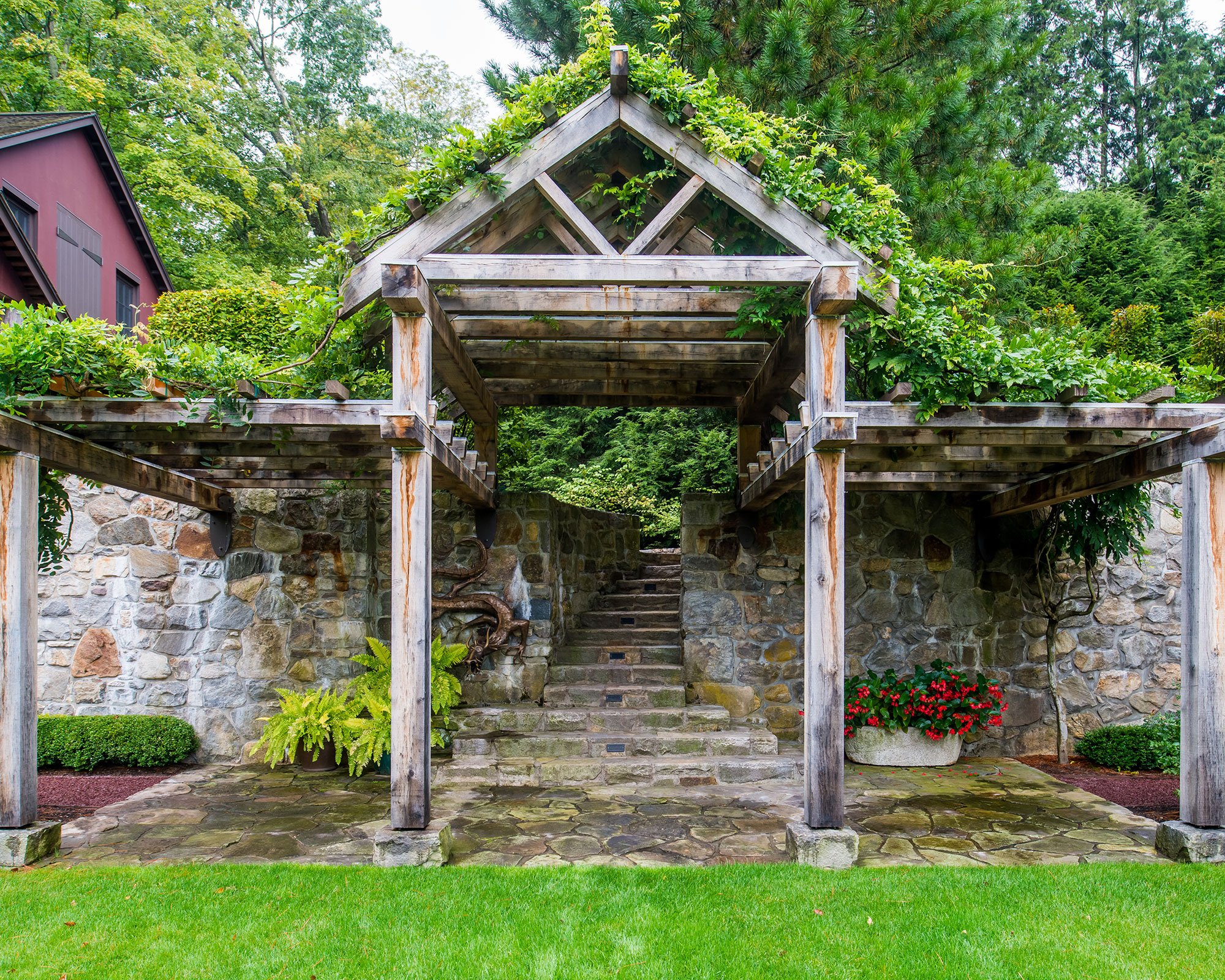
A cooling spot designed purely as a retreat will make your garden a joy to use all day long, so be sure to consider garden shade ideas for your space.
There is an enormous benefit to having a shaded garden – privacy. A pergola-covered terraces and tall trees are just some of the design features that will transform a shady space into a secluded sanctuary. Bliss!
5. Introduce movement and sound with water
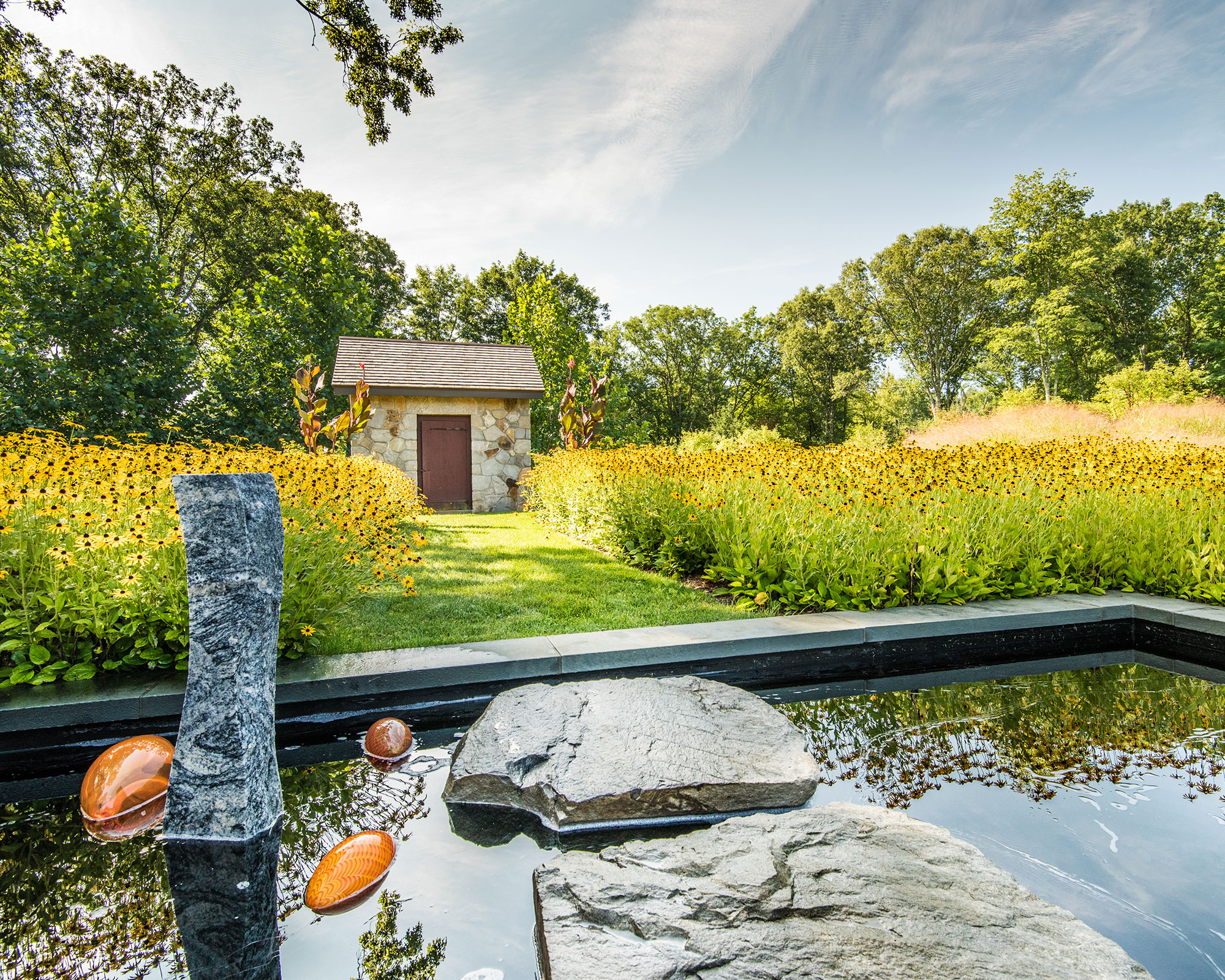
Whether great or small, country or urban, a pond or water feature is the perfect solution for any garden. Creating a water feature brings something really special to the garden, encouraging wildlife and offering the opportunity to introduce new flowers, foliage, movement and soothing sound.
6. Add interest with sculptures
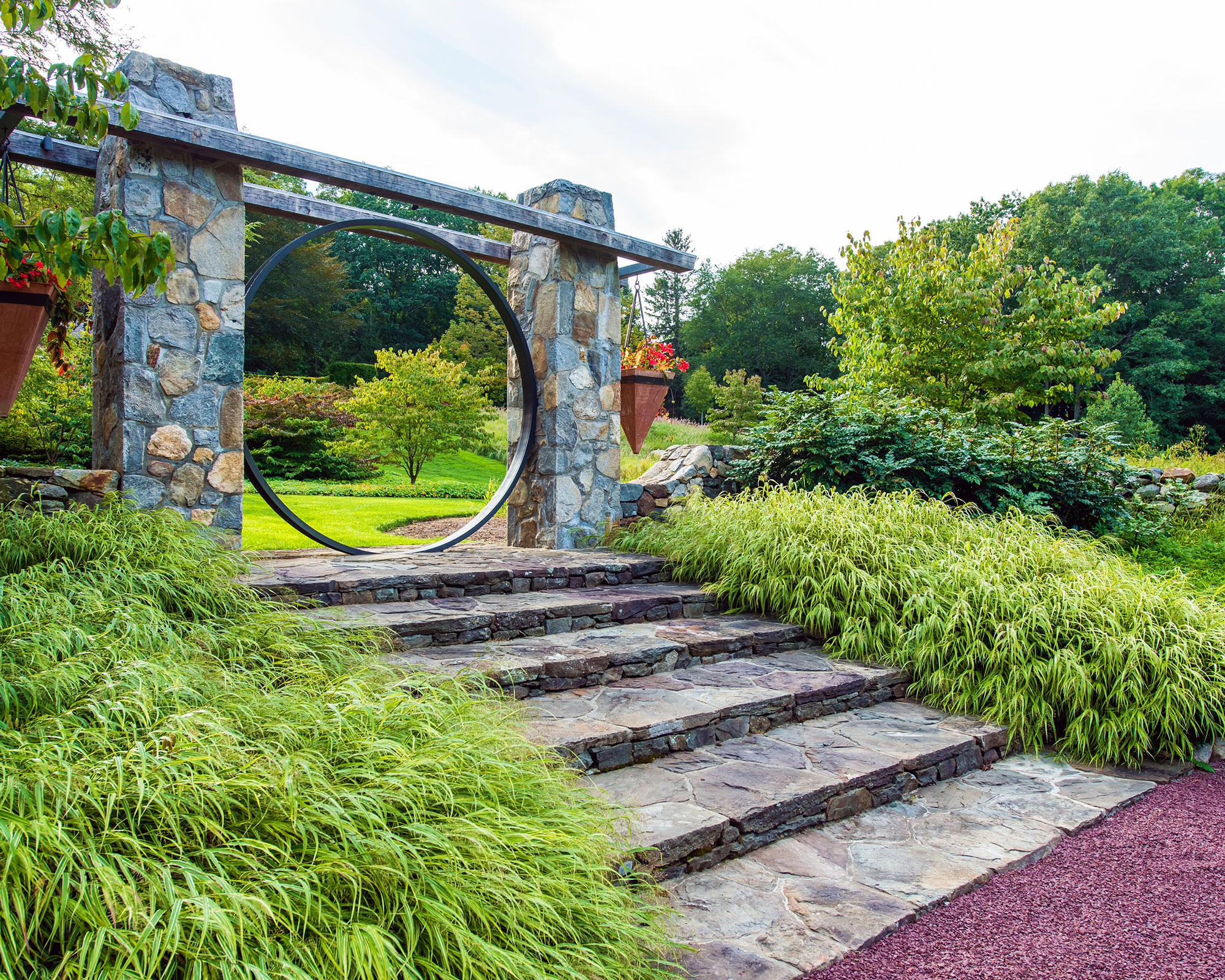
If you thought garden art and sculptures were out of reach for an ordinary garden, think again. Take inspiration from traditional Japanese garden ideas by creating a walkway or path to the next phase in your garden.
Many Japanese gardens have boundaries that aren’t intended as physical barriers. These unintended 'gates' give visitors a sense of discovery, and will make a garden feel bigger by dividing it.
7. ... and modern art
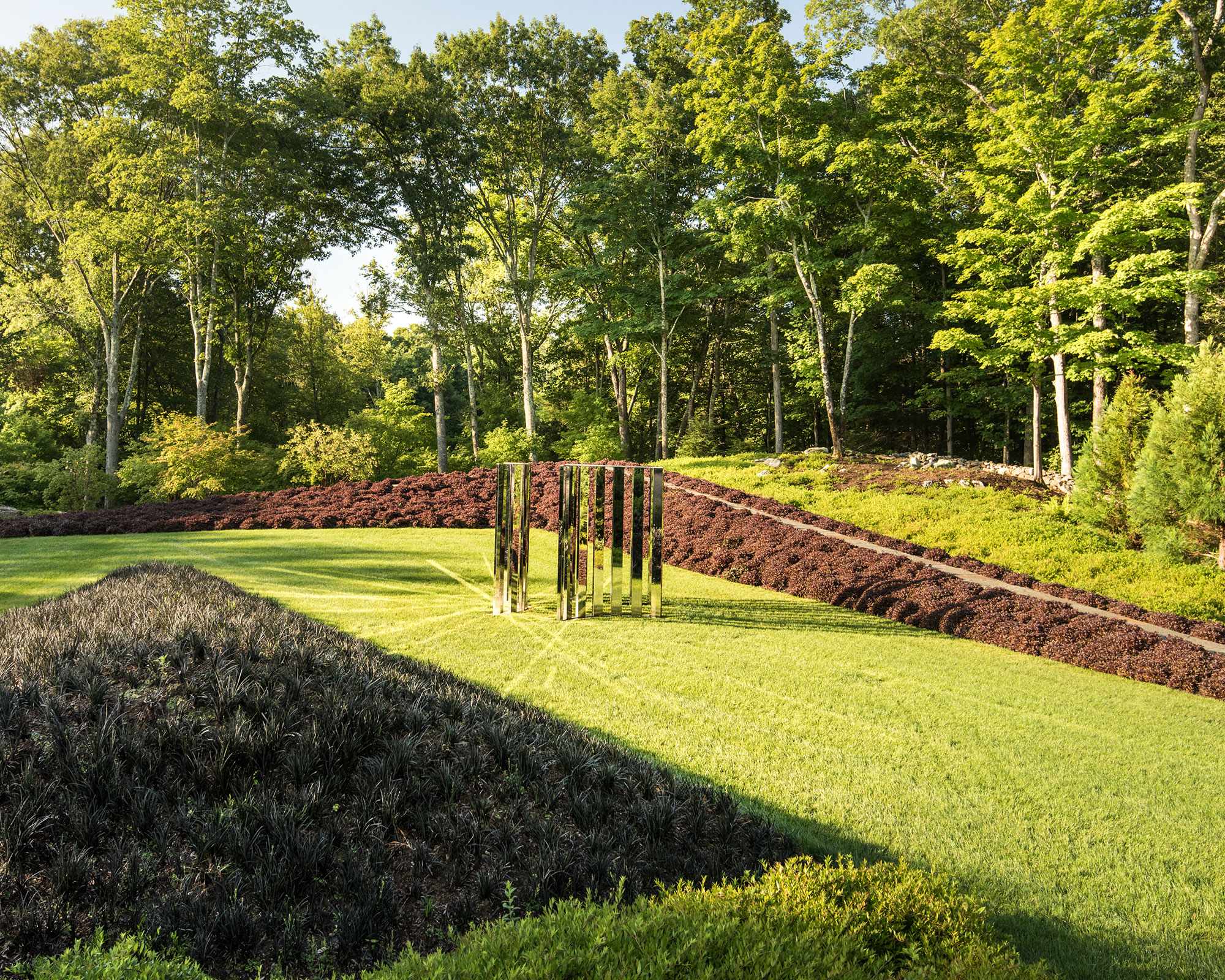
Modern works are liberated from the confines of a gallery and prove a surprising fit for this traditional American garden. Humour can have its place in the garden although, like art itself, the choice of pieces is highly subjective. Overly comical sculptures can grow tiresome in time, but a quirky installation, such as these mirrored monoliths, can be a permanent asset to the garden.
8. Build a shed for storage – or pottering
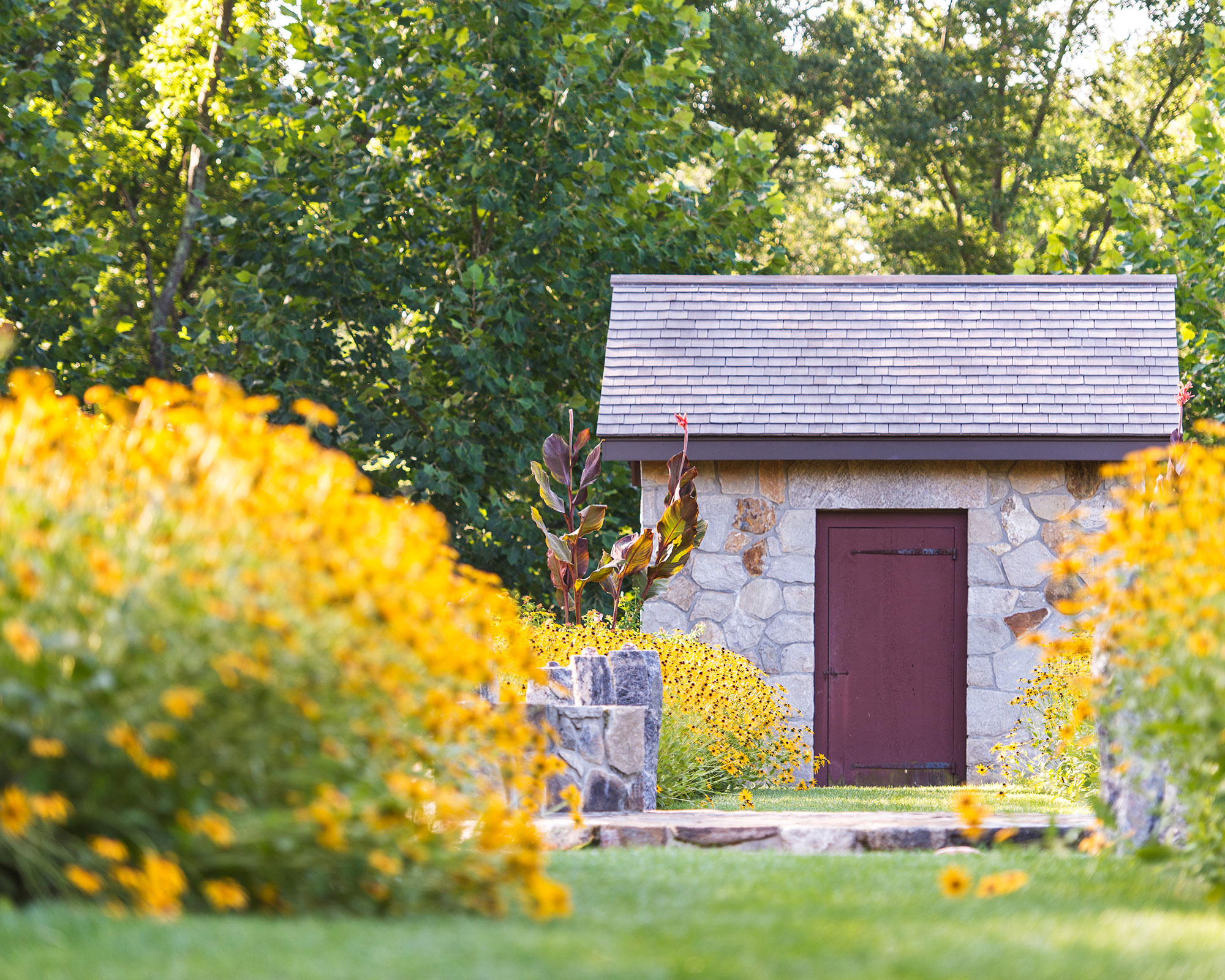
For many people, the garden shed is an extension of their home where the rules don’t apply – or where they can simply while away the hours.
Seen from the outside, garden shed ideas can appear like nothing more than a tool storage unit, but open the doors, and a whole host of other features revealed. Try turning this often unloved space into a stylish retreat by taking inspiration from she shed ideas – complete with cozy couch and study area.
9. Invest in a refreshing pool
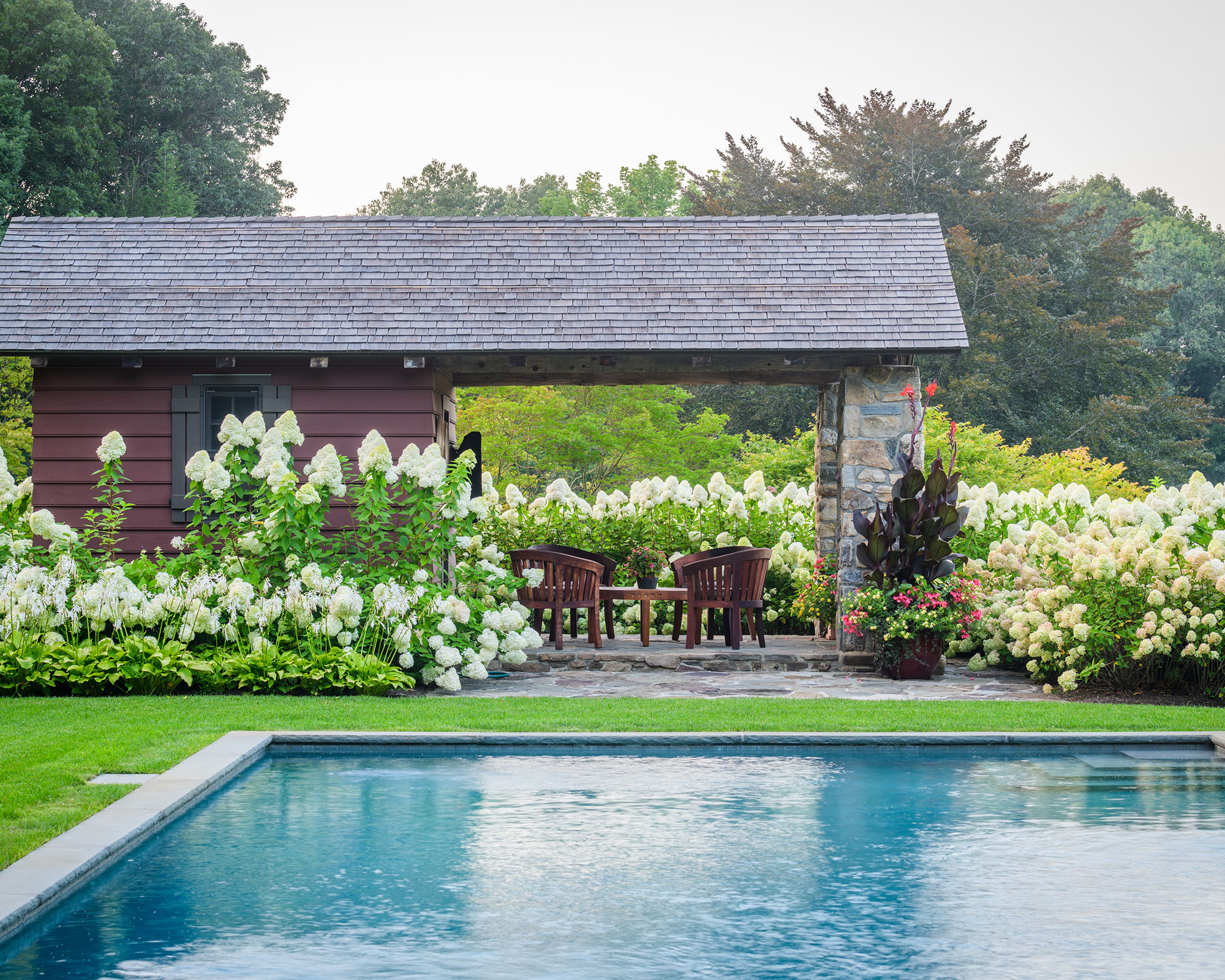
From compact swim spas for tiny terraces to natural swimming ponds in landscaped grounds, the latest designs for a pool can be tailored to match any style home or garden.
In a small city garden, use plants, screens and canopies to shield your pool from neighbours’ windows and to disguise it during the winter when it will be covered. A round or rectangular plunge pool that doubles as a water feature will create a beautiful focal point when it is revealed as you walk through the garden.
If space allows, go big. Infinity-edged pools offer an exciting swimming experience, blurring the line between the water and landscape beyond. Ideal for a contemporary garden with panoramic views, infinity pools are the designers’ choice for modern settings.
10. Mow a garden path
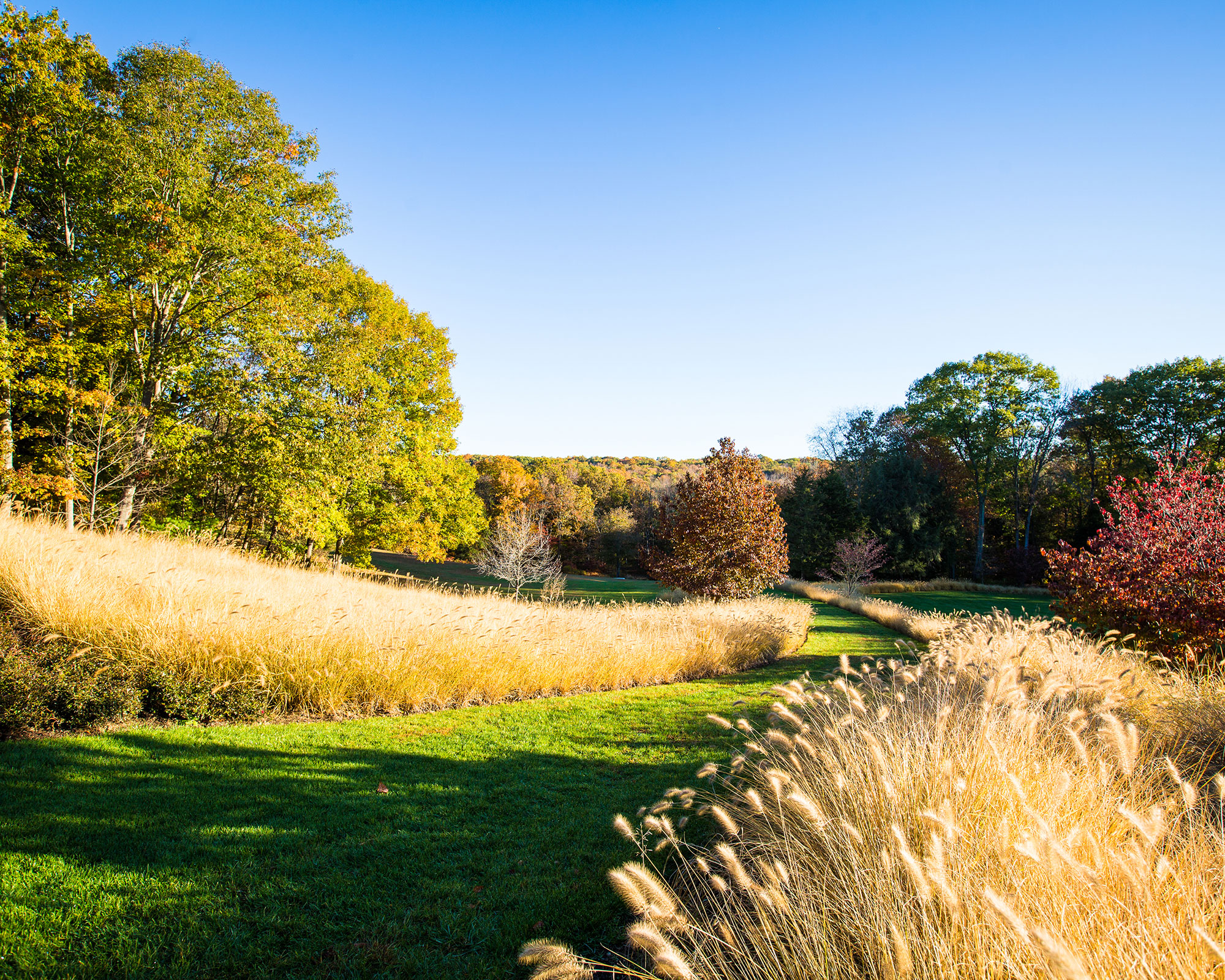
There’s much more to paths than just a walkway to get you from A to B, and they don’t have to be paved, or even feature any hard landscaping at all.
Here, a simple lawn path is not only easy easy to do, you can personalize it by making it as twisty as you like. Plant wild flowers – or wheat – for an unruly, spontaneous garden path.
Sign up to the Homes & Gardens newsletter
Design expertise in your inbox – from inspiring decorating ideas and beautiful celebrity homes to practical gardening advice and shopping round-ups.

Jennifer is the Digital Editor at Homes & Gardens. Having worked in the interiors industry for several years in both the US and UK, spanning many publications, she now hones her digital prowess on the 'best interiors website' in the world. Multi-skilled, Jennifer has worked in PR and marketing and occasionally dabbles in the social media, commercial, and the e-commerce space. Over the years, she has written about every area of the home, from compiling houses designed by some of the best interior designers in the world to sourcing celebrity homes, reviewing appliances, and even writing a few news stories or two.
-
 Linda Evangelista's former NYC penthouse just made the classic black and white palette so much cooler – it's currently on the market for $8 million
Linda Evangelista's former NYC penthouse just made the classic black and white palette so much cooler – it's currently on the market for $8 millionLinda Evangelista's former home in Chelsea spans 4,022 square feet, with high ceilings and modern details that epitomize luxury living
By Hannah Ziegler
-
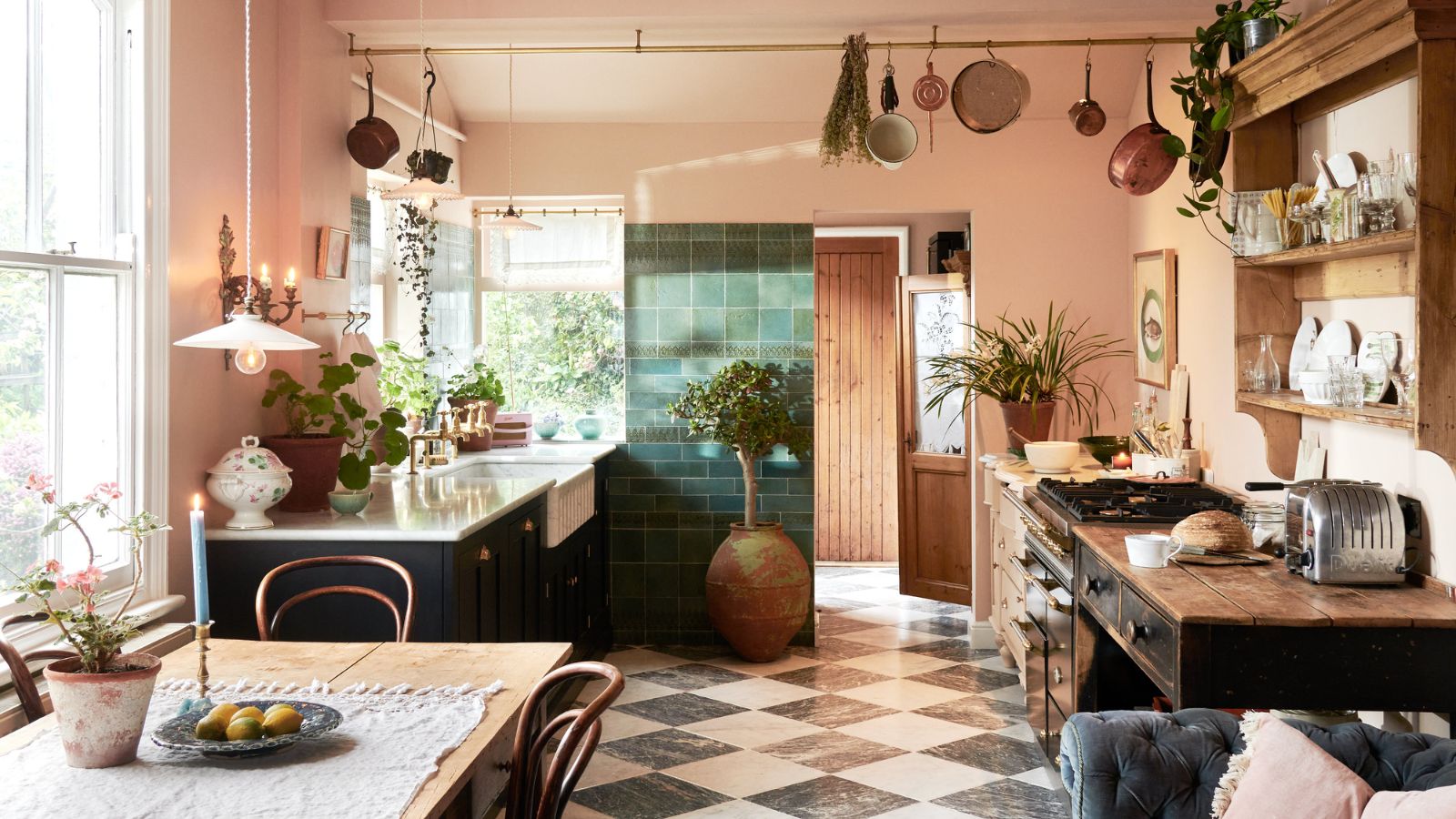 I tried the 50% decluttering rule, and it gave me the ruthless push to clear the clutter in my cramped kitchen cabinets
I tried the 50% decluttering rule, and it gave me the ruthless push to clear the clutter in my cramped kitchen cabinetsI can now find my dinnerware much more easily
By Rebecca Shepherd